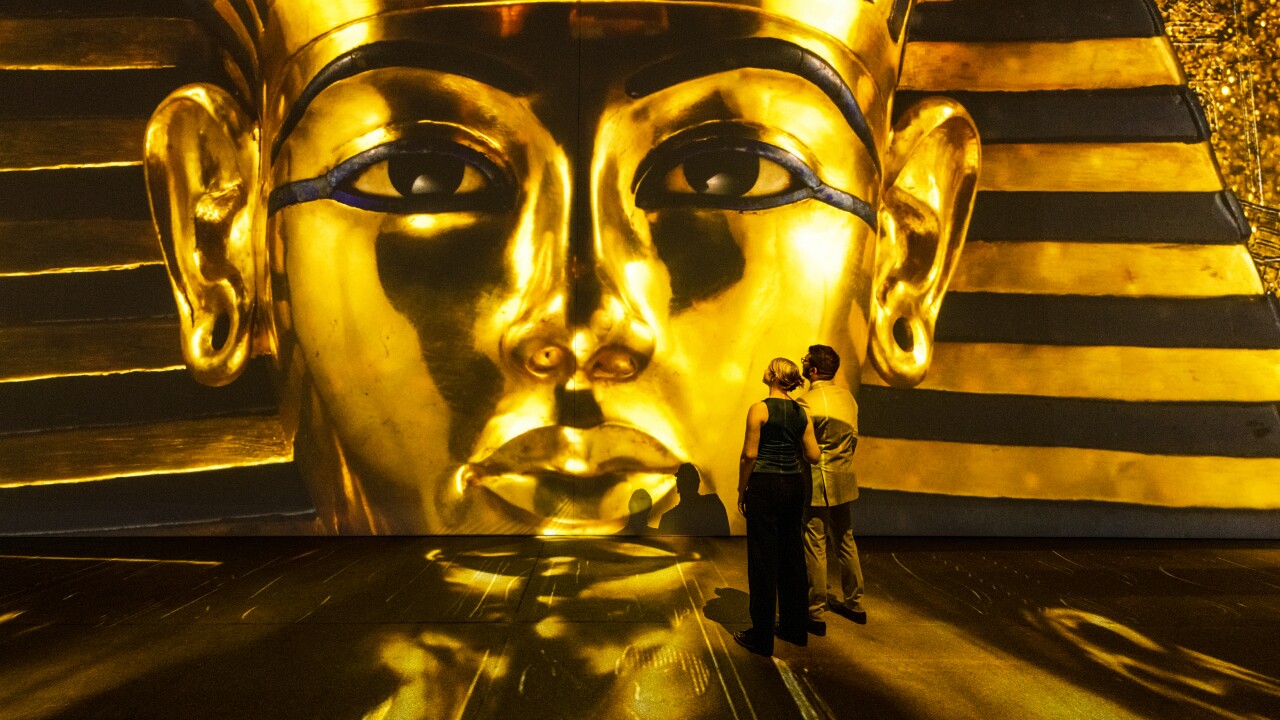
Among the ancient symbols that have transcended cultures and time, the Ouroboros stands as a captivating emblem of infinity, cycles, and the eternal nature of existence. Depicting a serpent or dragon consuming its own tail, the Ouroboros symbolizes the cyclical nature of life, death, and rebirth, as well as the interconnectedness of opposites. Join us as we delve into the enigmatic world of the Ouroboros, exploring its meanings, historical contexts, and enduring resonance.
1. The Eternal Cycle
The central theme of the Ouroboros is the idea of an eternal cycle—birth followed by death, which in turn leads to rebirth. The serpent consuming its own tail creates a loop that represents the unending cycle of creation, destruction, and renewal. This concept mirrors the cycles of nature, the seasons, and the passage of time.
2. Symbol of Unity
The Ouroboros embodies the concept of duality and the unity of opposing forces. The combination of the serpent’s head and tail represents the unification of beginnings and endings, life and death, and creation and destruction. This unity signifies the interconnectedness of all things, illustrating that existence is a continuous flow between polarities.
3. Historical and Cultural Contexts
The Ouroboros has appeared in various cultures throughout history. It is often associated with ancient Egyptian, Greek, Norse, and Gnostic symbolism. In ancient Egypt, it represented the sun’s journey through the sky and the eternal renewal of life. In Greek alchemical texts, the Ouroboros symbolized the cycle of transformation, reflecting the transmutation of materials and the philosopher’s stone.
4. Alchemical Significance
In alchemical traditions, the Ouroboros holds deep significance. It represents the process of turning base materials into something precious—a metaphor for spiritual and personal transformation. The alchemical interpretation of the Ouroboros aligns with the concept of the soul’s journey toward enlightenment and self-discovery.
5. Psychological Interpretation
In modern psychology, the Ouroboros has been associated with Carl Jung’s concept of individuation—the process of becoming one’s true self. It symbolizes the integration of the conscious and unconscious aspects of the psyche, leading to a state of wholeness and self-awareness.
6. Contemporary Resonance
The Ouroboros’s symbolism continues to captivate contemporary culture. It’s often found in literature, art, and even pop culture, where it represents themes of eternal cycles, self-discovery, and the interconnectedness of life.

